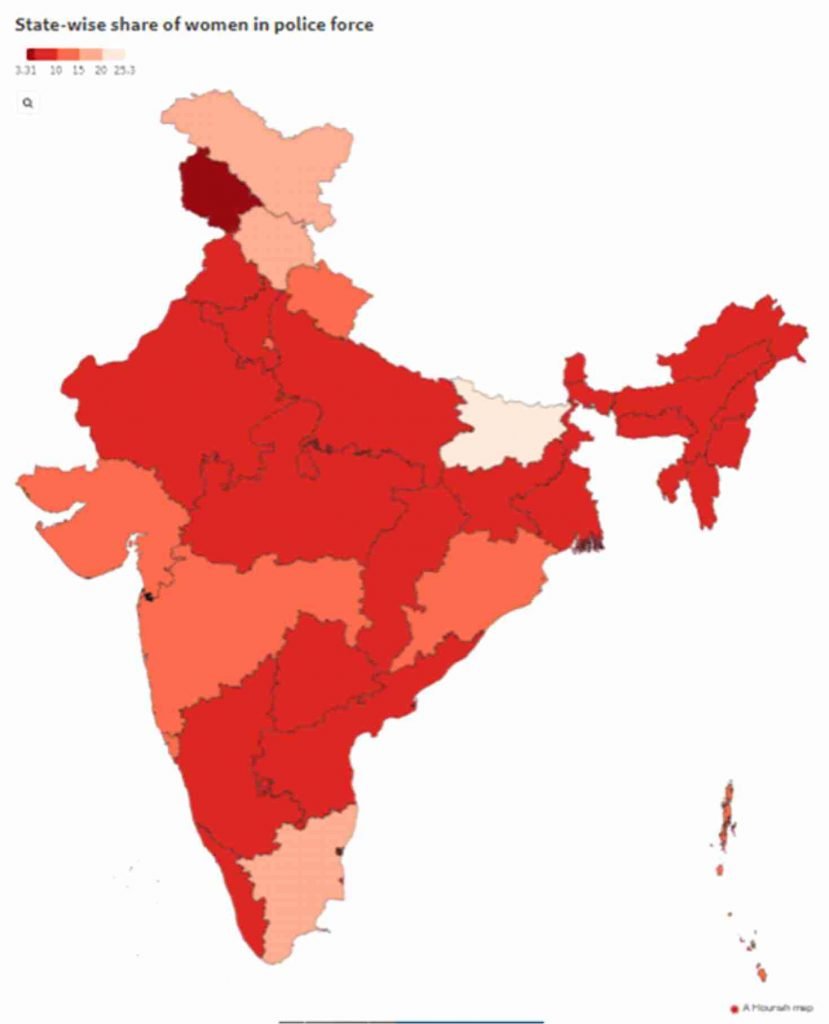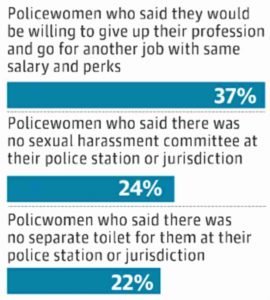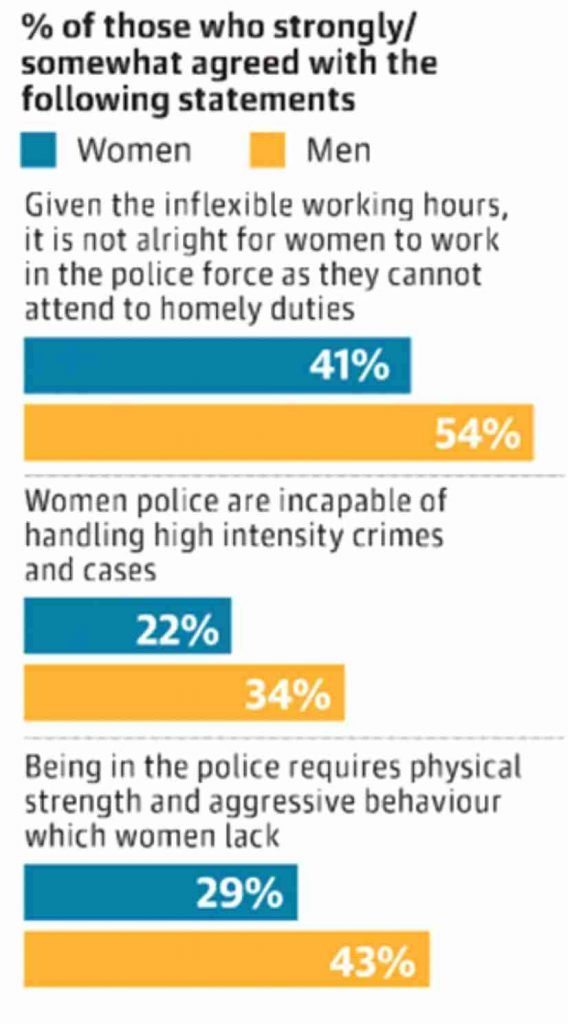Panj Piare
Indian Express
GS 1: Indian History
Context:
- Former Uttarakhand chief minister Harish Rawat has apologised for comparing Punjab Congress chief Navjot Sidhu and his four advisers to the Panj Piare.

Who are the Panj Piara?
- ‘Panj Piare’ is not just a group of five baptised people but a concept and tradition founded by 10th Sikh Guru Gobind Singh.
- Guru Gobind Singh established the institution of Panj Piare while founding the Khalsa on the day of Baisakhi in 1699.
- Addressing a large gathering, he asked for five heads for sacrifice. Five men responded to his call and the Guru baptised them and called them Panj Piare.
- Since then, every group of five baptised Sikhs is called Panj Piare and accorded the respect enjoyed by the first five Sikhs.
Who were the first Panj Piare?
- The Panj Piare were from different castes and states of India:
- Bhai Daya Ram hailed from Lahore,
- Bhai Dharam Rai was from Hastinapur in Uttar Pradesh,
- Bhai Himmat Rai came from Jagannath in Odisha,
- Bhai Mohkam Rai from Gujarat and
- Bhai Sahib Chand was from Bidar, Karnataka.
- In return, Guru Gobind Singh made them drink Amrit (sweet water prepared by reciting Gurbani) from one utensil. Then he suffixed Singh with their names.
- Apart from defining the religious and social protocol for the Khalsa by dictating it to the Panj Piare, Guru Gobind Singh himself got baptised from them at the same stage to tell the Sikhs that Panj Piaras have higher authority and decision making power than anyone in the community.
- The Panj Piare are also seen as a manifestation of the Guru himself.
How did the Guru establish the authority of Panj Piare?
- Once, Guru Gobind Singh and his Khalsa army were besieged at Chamkaur by the joint army of Mughal and mountain kings.
- The Khalsa troops wanted Guru Gobind Singh to leave Chamkaur but he refused.
- It was then that the Panj Piare ordered the Guru to leave Chamkaur. Guru Gobind Singh did as orders as he was duty bound to follow their command like other Sikhs.
- This event is behind the deep-rooted respect accorded to Panj Piare. They have taken many important decisions throughout Sikh history.
Trans people twice as likely to die as cis men, women
Down to Earth
GS 3: Health
Context:
- According to a study published in the journal Lancet Diabetes and Endocrinology, transgender people are twice as likely to die compared to cisgender men and women. This mortality risk among transgender people did not decrease between 1972 and 2018.
- Mortality risk was higher in trangender women compared to transgender men.
About:
- This study is based on an analysis of country-wide data from the Netherlands spanning five decades.
- Another major point of observation was the gender-affirming hormone treatment — that trans people opt for to induce desired physical changes and that has side effects — may have led to an increase in mortality. The side effects of such a therapy include cardiovascular disease and cancer.
- The findings point to a need for acceptance, and monitoring and treatment for cardiovascular disease, tobacco use and human immunodeficiency virus (HIV) infection among transgender people.
- Transgender women had 1.4 times greater risk of death compared to cis men because of cardiovascular disease. Mortality risk was almost double for lung cancer, more than five times greater for infection, and nearly three times as high for non-natural causes of death.
- The greatest mortality risk from infection was associated with HIV-related disease, at nearly 15 times higher than for cis men.
- Compared with cis women, transgender women were more than two times as likely to die of cardiovascular disease. They were three times more likely to die from lung cancer.
Uphold rights of women in mental health centres
The Hindu
GS 1: Social Issues related to women
Context:
- The Supreme Court has given the State governments and the Union Territories three months to take measures and ‘alleviate’ the violation of human rights suffered by women institutionalised in government-run mental health establishments.
About:
- A Bench of Justices based its order on research conducted by NIMHANS, in 2016, and the National Commission of Women, as recently as in 2020.
- Research is about the deprivations suffered by hundreds of mentally-ill women in institutional care.
- The Bench highlighted that the research on the plight of these women indicates gross violation of the Mental Healthcare Act and other laws.
- They did not enjoy basic rights guaranteed under the Constitution like dignity and privacy.
Denied sanitary napkins
- The court quoted from the research that the women were denied sanitary napkins. Mothers were not allowed to keep their children.
- There were no separate mother-child wards in many of the government-run institutions.
- In fact, none of the women were remotely given a semblance of privacy.
- Their hair was shorn off and the authorities did not arrange any identity documents like Aadhaar.
- They were neither given disability certificates nor cleared for disability pension.
Half-way homes
- The court directed the Ministry of Social Justice and Empowerment to take up the issues in the monthly meetings.
- It had also ordered meetings to be held between the Centre and the State governments to monitor the progress in the establishment of half-way homes for cured mentally-ill persons who needed a place to stay.
- States like Maharashtra and Uttar Pradesh have been pushing cured patients into beggar homes, women’s hostels and old-age homes which double up as half-way and rehabilitation homes.
- According to Court, Uttar Pradesh’s move to re-designate existing old age homes and hostels as half-way homes was mere “lip-service”.
- The court has directed the Centre to create an online dashboard for States to individually provide real-time data on half-way homes, facilities provided, capacity, occupancy, and their region-wise distribution.
- The States have to update the data within four weeks of the creation of the online dashboard by the Centre.
India’s police force
The Hindu
GS 2: Social Issues
Context:
- Only 12% of the Indian police were women as of 2020.
- Many States have mandated 10% to 33% reservation for women in the police, but not one of these States has reached its goal.
About:
- The share of women among the higher ranks was even lower at 8.7%.
- A significant share of policewomen suffer due to patriarchal prejudices and are considered unfit for on-field tasks.
- Many stations also lack basic infrastructure such as separate toilets for women.
States Performance:
- In Bihar, 25% of the civil police were women, the highest in the country, while in J&K, only 3.3% were women, which is the lowest.
- Most States have reserved some posts for women in the police force. The share of reservations ranges from 10% to 33%.
- Not one of the States, however, has met the goal. Overall only 12% of police force were women.

Women in higher ranks:
- 12% of the police force were women, their share in the higher ranks (gazetted officers) was even lower at 8.72%.
- In Kerala, 0.26% of gazetted police officers were women, while Chhattisgarh performed relatively better on this count at 18%.
- In Bihar, 25% of non-gazetted civil police officers were women, whereas they formed only 8% of gazetted officers.
- Gazetted officers are those above the level of Inspector (ASP, SP, ADSP, AIGP, DIG, IGP, DGP, etc).
- Inspectors, SIs, ASIs, constables etc. are non-gazetted.

Poor support
- Many women in the force expressed discontent due to poor infrastructure such as the non-availability of separate toilets and lack of venues to report workplace harassment.
- The answers were from a CSDS survey of 12,000 personnel across States in 2019.

Prejudices towards women
- Policing is a man’s job and its share, including women, were found to hold prejudiced notions about the capability of women in handling police duties.

Cow as a Natural Animal
The Hindu
GS 1: Salient Features of Indian Society
Context:
- Recently, the Allahabad High Court said that the cow should be declared the national animal and that gau raksha (cow protection) should be included as a fundamental right of the Hindus.
Courts stand:
- Religious and cultural significance: The court made the comments, along with a string of other observations, noting the religious and cultural significance of cows and the need for cow protection.
- The court denied bail to Javed, a person from Sambhal, who has been in jail since March on charges of allegedly stealing a cow and slaughtering it with his associates.
- Do not forget our culture: The court said history was full of instances that “whenever we forgot our culture, foreigners attacked us and enslaved us and if we are not warned, we should not forget the unbridled attack on and capture of Afghanistan by Taliban”.
- Scientific reason: The Court stated that scientists believe the cow is the only animal that inhales and exhales oxygen and invoked mythology at several points.
- Backbone of Farming: The court stressed that the cow was the “basis of our culture” and had occupied an important place in the Puranas, the Shastras, the Ramayana and the Mahabharata, even as it pointed to the economic value of cows as the “backbone” of farming and other uses in daily life.
- Law on cow slaughter: Justice Yadav also opined that Parliament should bring in a law to take tough action against those accused of cow slaughter. He described cows as a symbol of Hindu faith and culture, and claimed that even the majority of Muslims in the country were in favour of a nationwide ban on cow slaughter.

